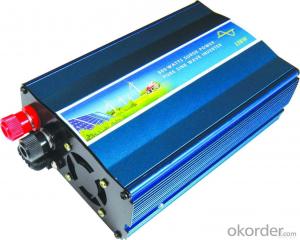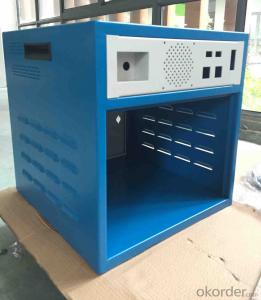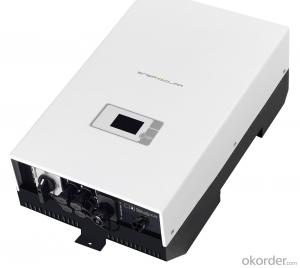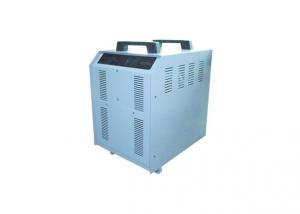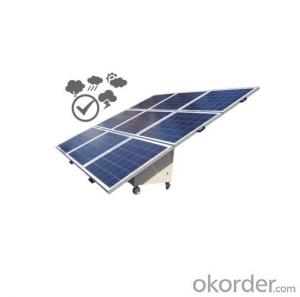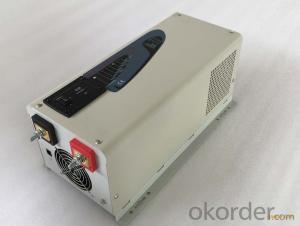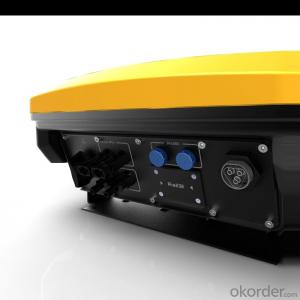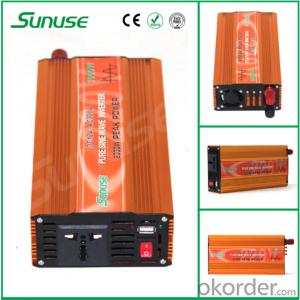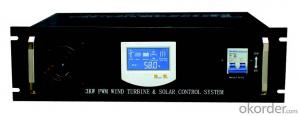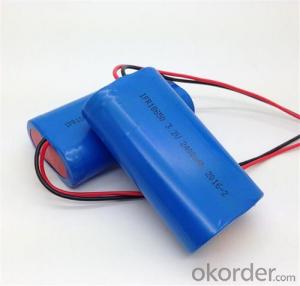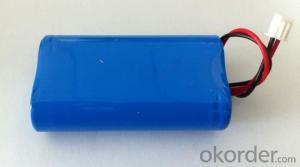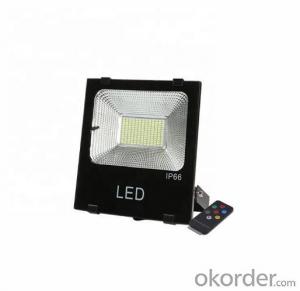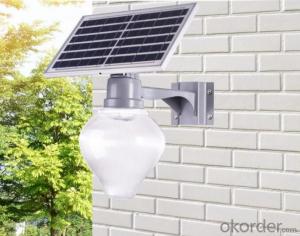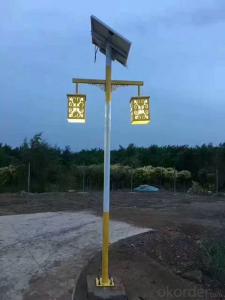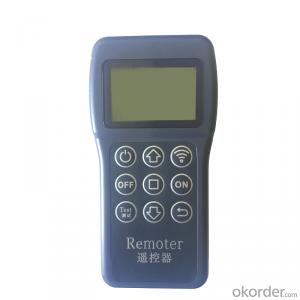Waaree Solar Off Grid Inverter
Waaree Solar Off Grid Inverter Related Searches
Solar Off Grid Inverter Off Grid Solar Power Inverter Off Grid Inverter Solar Inverter Solar Off Grid Off Grid Solar System Inverter On Off Grid Solar Inverter Inverter For Off Grid Solar Off Grid Hybrid Solar Inverter Solar Inverter Off Grid Solar Power Inverter Off Grid Off Grid Solar Hybrid Inverter Best Solar Off Grid Inverter Solar Panel Off Grid Inverter Solar Hybrid Off Grid Inverter Off Grid Solar Inverter Price Off Grid Solar Inverter System Off Grid Solar Micro Inverter Off-Grid Solar Inverter Hybrid Solar Inverter Off Grid Best Off Grid Solar Inverter Cheap Off Grid Solar Inverter 2kw Off Grid Solar Inverter 1kw Off Grid Solar Inverter Off Grid Solar Inverter 48v Solar Inverter Off Grid Price On Grid Solar Power Inverter 4kw Off Grid Solar Inverter Top 10 Off Grid Solar Inverter Off The Grid Inverter Best Solar Inverter Off GridWaaree Solar Off Grid Inverter Supplier & Manufacturer from China
Waaree Solar Off Grid Inverter is a specialized product designed to provide reliable power supply in off-grid locations where traditional power sources are not available. This product is engineered to harness solar energy and convert it into usable electricity, making it an ideal solution for remote areas, off-grid homes, and other applications where a stable power supply is crucial. The Waaree Solar Off Grid Inverter is known for its efficiency, durability, and ease of installation, ensuring a seamless transition to a sustainable energy source.The application and usage scenarios of the Waaree Solar Off Grid Inverter are vast, ranging from powering small household appliances to supporting larger industrial equipment in remote locations. This product is particularly useful in areas with limited access to electricity, such as rural communities, off-grid cabins, and emergency response facilities. By utilizing solar power, the Waaree Solar Off Grid Inverter helps to reduce reliance on fossil fuels, lower energy costs, and promote environmental sustainability.
Okorder.com is a reputable wholesale supplier of the Waaree Solar Off Grid Inverter, boasting a large inventory that caters to the diverse needs of various customers. With a commitment to providing high-quality products and exceptional service, Okorder.com ensures that customers receive the best possible experience when purchasing the Waaree Solar Off Grid Inverter. By offering competitive prices and a wide range of options, Okorder.com has established itself as a trusted source for this essential off-grid power solution.
Hot Products





